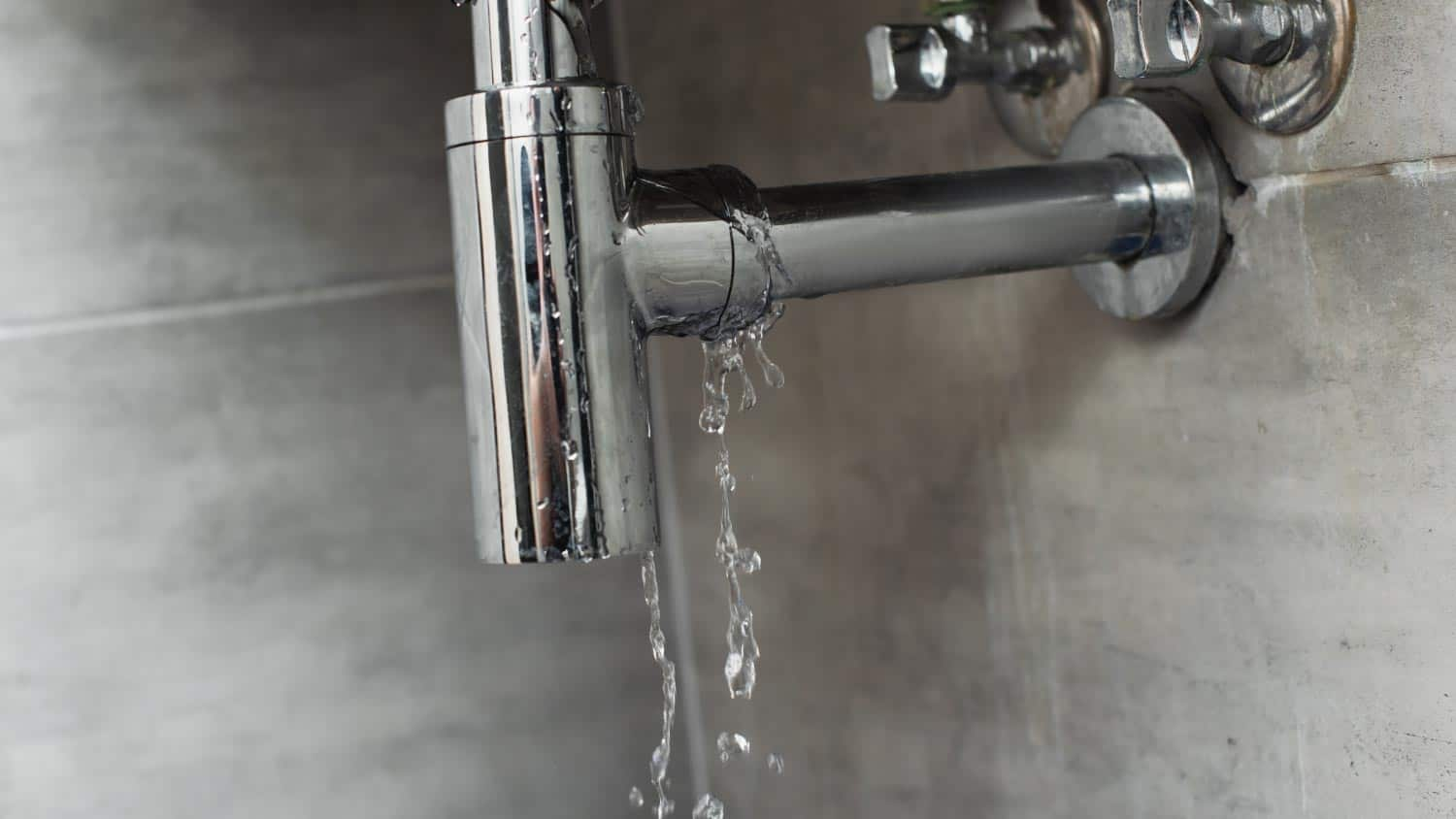On this page in the next paragraph you can find lots of great material pertaining to Locating water leaks.

Early discovery of dripping water lines can alleviate a potential disaster. Some little water leaks might not be visible.
1. Examine the Water Meter
Every residence has a water meter. Inspecting it is a surefire manner in which assists you find leaks. For beginners, switch off all the water sources. Make certain no person will certainly purge, use the tap, shower, run the washing maker or dishwashing machine. From there, most likely to the meter and watch if it will certainly alter. Given that no one is utilizing it, there need to be no activities. That suggests a fast-moving leak if it moves. If you spot no changes, wait an hour or 2 and examine back again. This suggests you may have a slow-moving leakage that could also be below ground.
2. Check Water Intake
Assess your water bills and also track your water usage. As the one paying it, you should notice if there are any discrepancies. If you spot sudden changes, regardless of your consumption being the same, it means that you have leakages in your plumbing system. Keep in mind, your water costs need to fall under the exact same range each month. An unexpected spike in your expense suggests a fast-moving leakage.
A consistent rise every month, even with the exact same practices, reveals you have a slow leak that's additionally gradually escalating. Call a plumber to thoroughly check your residential property, especially if you feel a warm area on your floor with piping below.
3. Do a Food Coloring Examination
When it comes to water usage, 30% comes from toilets. If the color somehow infiltrates your dish during that time without flushing, there's a leakage between the tank as well as bowl.
4. Asses Exterior Lines
Don't fail to remember to examine your outdoor water lines also. Needs to water permeate out of the link, you have a loose rubber gasket. One tiny leak can lose bunches of water and also spike your water costs.
5. Check and Evaluate the Situation
Homeowners ought to make it a behavior to examine under the sink counters and even inside cupboards for any bad odor or mold development. These 2 warnings show a leak so punctual attention is needed. Doing routine inspections, also bi-annually, can conserve you from a significant issue.
A lot more importantly, if you understand your residence is already old, keep a watchful eye on your heaters, pipes, pipelines etc. Look for discolorations and also deteriorating as most pipes and home appliances have a life span. They will also normally wear away because of damage. If you believe leaking water lines in your plumbing system, do not wait on it to intensify. Call a professional plumber right now so you don't wind up with a horrible mess in your home.
Early discovery of leaking water lines can reduce a possible catastrophe. Some tiny water leakages may not be visible. Examining it is a surefire method that aids you discover leaks. One small leakage can lose tons of water as well as spike your water costs.
If you believe leaking water lines in your plumbing system, do not wait for it to rise.
WARNING SIGNS OF WATER LEAKAGE BEHIND THE WALL
PERSISTENT MUSTY ODORS
As water slowly drips from a leaky pipe inside the wall, flooring and sheetrock stay damp and develop an odor similar to wet cardboard. It generates a musty smell that can help you find hidden leaks.
MOLD IN UNUSUAL AREAS
Mold usually grows in wet areas like kitchens, baths and laundry rooms. If you spot the stuff on walls or baseboards in other rooms of the house, it’s a good indicator of undetected water leaks.
STAINS THAT GROW
When mold thrives around a leaky pipe, it sometimes takes hold on the inside surface of the affected wall. A growing stain on otherwise clean sheetrock is often your sign of a hidden plumbing problem.
PEELING OR BUBBLING WALLPAPER / PAINT
This clue is easy to miss in rooms that don’t get much use. When you see wallpaper separating along seams or paint bubbling or flaking off the wall, blame sheetrock that stays wet because of an undetected leak.
BUCKLED CEILINGS AND STAINED FLOORS
If ceilings or floors in bathrooms, kitchens or laundry areas develop structural problems, don’t rule out constant damp inside the walls. Wet sheetrock can affect adjacent framing, flooring and ceilings.
https://www.servicemasterbyzaba.com/blog/how-to-detect-water-leakage-in-walls/

As an avid reader about Leaking water lines, I think sharing that piece of content was a smart idea. In case you enjoyed our page please remember to pass it around. I am grateful for your time. Don't forget to stop by our site back soon.